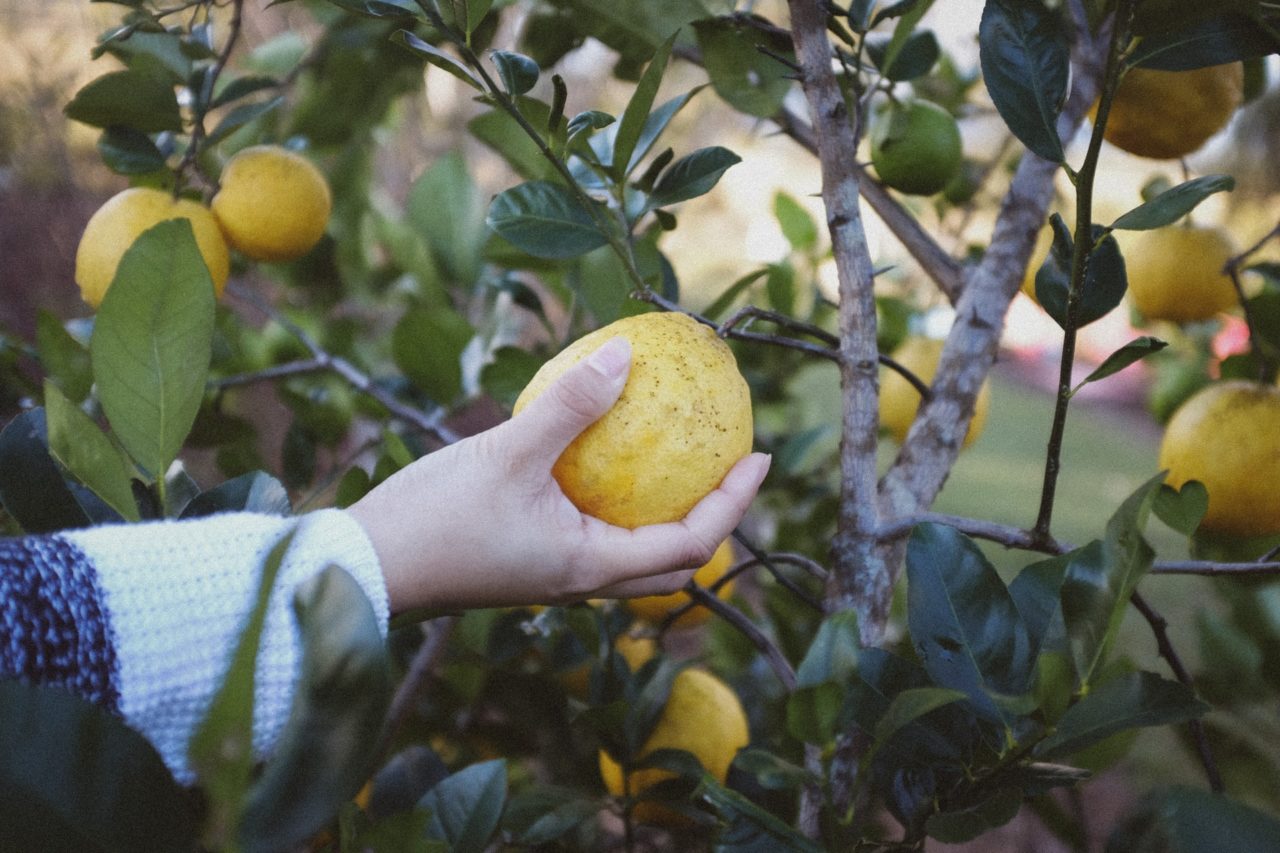Did you know that the cultivation of grapefruit was an accident? It’s true! The grapefruit tree, first documented in 1750 resulted from an accidental cross between Jamaican sweet orange and pomelo in Barbados. The grapefruit tree was imported to Florida in 1823 by Count Odet Philippe.
If you’re a grapefruit lover, how would like to have free grapefruit for life? Growing a grapefruit tree of your own might seem rather daunting. However, it’s completely doable with the right conditions. Grapefruit trees require minimal maintenance for an abundant yield.
Grapefruit trees require warm climates day and night. Tropical and temperate regions will yield the healthiest trees. The Tampa Bay area has the perfect climate for growing, as these trees require full sun and loamy soil.
Depending on where you live, grapefruit trees can be planted in the spring or fall. Plant grapefruit trees planted in the spring is your area is subject to unseasonably harsh winters, and plant in the fall if your tree may endure extreme heat in the summer months.
Grapefruit trees will flourish in the right location. Preferably plant your grapefruit tree on the southernmost side of your property for consistent sunlight and optimal protection in winter months. Grapefruit trees can reach heights of over 25 feet and should be planted at least 12 feet from any walkway or structure.
When you are ready to plant your young tree, begin by preparing the soil. The hole needs to be both deep and wide enough to accommodate the entire root system.
After the tree is placed in the hole, fill it halfway with soil, squeezing out any air bubbles by pressing down firmly. Allow the soil and water to settle before adding the additional dirt. Make sure the soil is level with the surrounding area or gently mound it. If it is set any lower it may result in standing water and cause rot. When planting a grafted tree, the bud union should remain above the soil.
Immediately after planting, grapefruit trees need to be watered every few days for the first couple of weeks. After that period, once a week should suffice with the exception of dry periods when extra hydration is advised. A light fertilizer can be added during irrigation every four to six weeks.
In certain areas, some winter protection might be necessary. If you use mulch as a frost protector, it’s wise to leave at least a foot between the mulch and trunk to avoid root rot. There is no need to prune your grapefruit tree unless there are old dead limbs.
Enjoy watching these beauties grow, and in three years you will enjoy the fruits of your labor!
Photo by Bambi Corro on Unsplash



